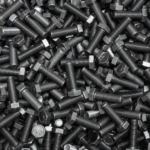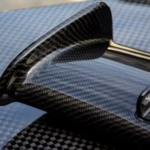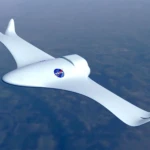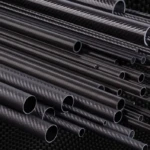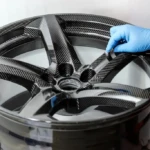In the world of manufacturing, efficiency is key. To achieve this, manufacturers must constantly strive to optimize their production processes, reduce costs, and increase product quality. In this pursuit, the inclined CNC lathe bench has emerged as a preferred solution for many manufacturers. In this article, we’ll explore the benefits of using an inclined CNC lathe bench and how it can revolutionize the way you produce and process parts.
The Evolution of CNC Lathes
CNC (Computer Numerical Control) lathes have been around for decades, revolutionizing the manufacturing industry with their precision, speed, and accuracy. However, traditional CNC lathes were restricted to processing parts on a flat surface, with limited flexibility and scalability. The introduction of inclined CNC lathes has changed this paradigm, enabling manufacturers to process parts on a sloping surface, opening up new possibilities for production and increasing efficiency.
Advantages of Inclined CNC Lathes
Inclined CNC lathes offer several benefits that make them an attractive solution for manufacturers. Some of these advantages include:
Increased Productivity
Inclined CNC lathes can process parts on a sloping surface, allowing for increased production capacity and output. This is particularly useful for producing complex parts with unique geometries, where traditional flat-bed lathes struggle to achieve accurate and efficient processing.
Improved Part Quality
The inclined surface of the lathe provides a more stable workpiece, reducing the risk of vibration and improving part quality. This is essential for producing high-precision parts, such as those used in aerospace, medical, and automotive applications.
Reduced Labor Costs
Inclined CNC lathes often require less labor to operate, as the inclined surface reduces the need for complex part reorientation and handling. This lowers labor costs and increases productivity, making it an attractive solution for manufacturers looking to reduce operating expenses.
Increased Versatility
Inclined CNC lathes are designed to be versatile, allowing for the processing of a wide range of materials, from metals and plastics to wood and glass. This flexibility enables manufacturers to work with various materials and configurations, expanding their production capabilities and capabilities.
Enhanced Part Accuracy
The inclined surface of the lathe provides a more accurate and stable workpiece, reducing the risk of inaccuracies and defects. This is particularly important for high-precision parts, where accuracy is crucial for performance and reliability.
Reduced Part Defects
The inclined surface of the lathe also reduces the risk of part defects, such as warping, twisting, and other forms of distortion. This is due to the stable and controlled environment provided by the lathe, which ensures that parts are processed with precision and accuracy.
Improved Ergonomics
Inclined CNC lathes are designed with ergonomics in mind, providing a more comfortable and efficient working experience for operators. This reduces fatigue, improves morale, and increases overall job satisfaction.
Reduced Material Consumption
The inclined surface of the lathe also reduces the amount of material required for processing, as parts can be produced in a single operation, rather than requiring the use of multiple machines and specialized tools. This reduces material costs and waste, making it a more sustainable option for manufacturers.
Real-World Applications
Inclined CNC lathes are used in a wide range of industries, including:
Aerospace
Inclined CNC lathes are used to produce complex parts, such as aircraft components, engines, and structural components, with high precision and accuracy.
Medical
Inclined CNC lathes are used in the production of medical devices, such as surgical equipment, implants, and instruments, where part accuracy and precision are critical.
Automotive
Inclined CNC lathes are used in the production of automotive components, such as engine parts, transmission components, and suspension components, where part quality and accuracy are paramount.
Energy and Power Generation
Inclined CNC lathes are used in the production of components for the energy and power generation industry, such as turbines, generators, and other equipment, where part precision and accuracy are essential.
Conclusion
Inclined CNC lathes have revolutionized the manufacturing industry, providing improved part quality, increased productivity, reduced labor costs, and increased versatility. With their ability to process parts on a sloping surface, these lathes offer a more efficient and cost-effective solution for manufacturers. Whether producing parts for aerospace, medical, automotive, or energy applications, inclined CNC lathes are an essential tool for any manufacturer seeking to increase efficiency, reduce costs, and improve part quality.
Daguang focuses on providing solutions such as precision CNC machining services (3-axis, 4-axis, 5-axis machining), CNC milling, 3D printing and rapid prototyping services.

